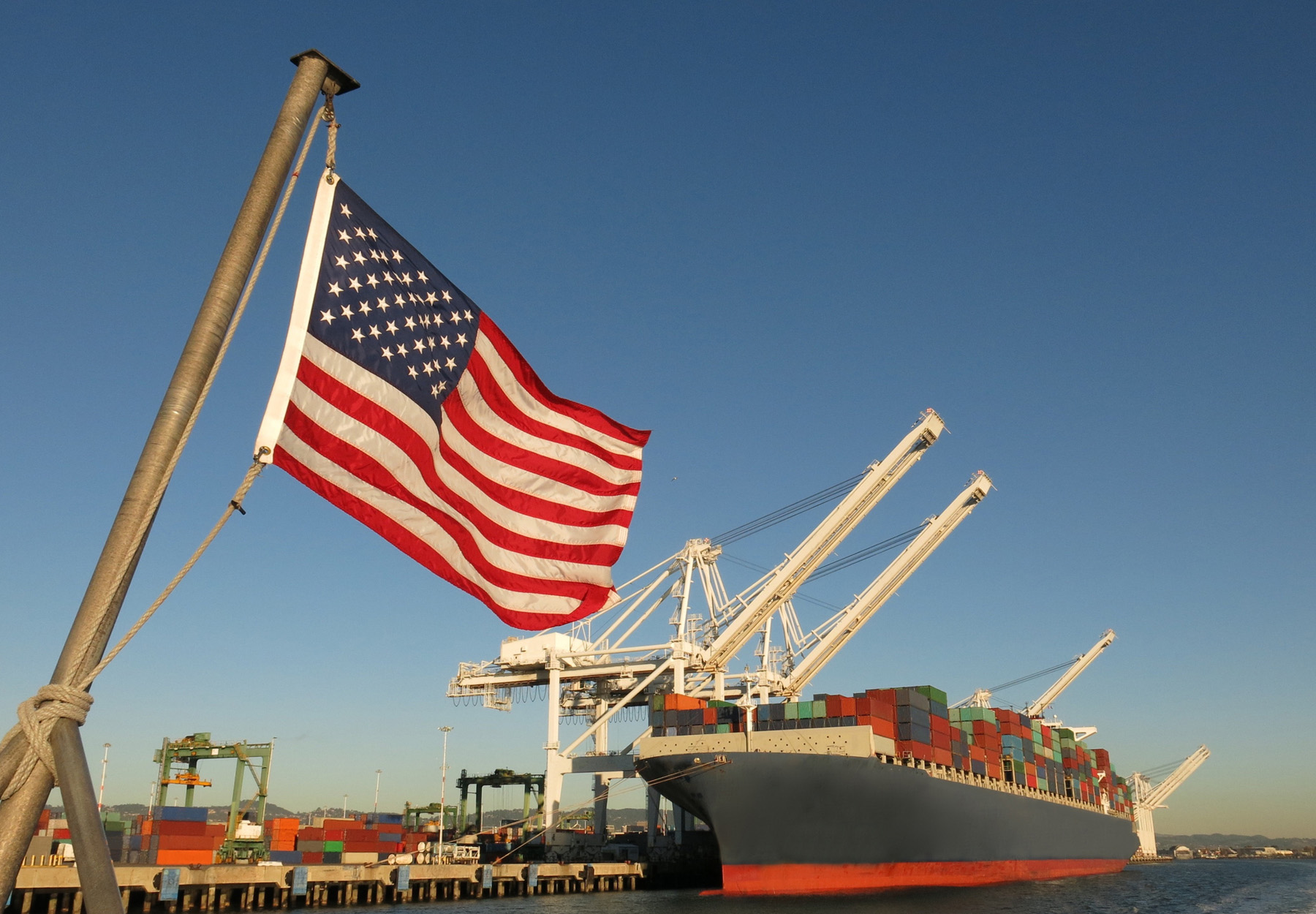HHS Shares Progress of Efforts to Bolster the US Medical Supply Chain
The COVID-19 pandemic exposed serious flaws in the US medical supply chain and manufacturing base. On February 24, 2022, Health and Human Services (HHS) secretary Xavier Becerra issued a new report highlighting the progress that’s been made over the past year to remedy these problems. The Supply Chain Nightmare For years, policy makers, clinicians, and scientists had warned that the current medical supply chain was vulnerable and unlikely to hold up in the event of a widespread public health emergency. The supply chain problems and logistical bottlenecks that bedeviled not only lab testing but just about all aspects of the initial COVID-19 response proved beyond a doubt that the concerns were well placed. If anything, the supply chain problems were worse than experts warned, with travel and trade restrictions significantly hampering the extraction and production of raw materials crucial for items such as personal protective equipment (PPE) and vaccines. At a time when speed was essential, lockdowns and labor shortages slowed down the processes for converting raw materials into finished goods. The slowdown in production was exacerbated by the inefficiencies in procurement and distribution, leaving labs without reagents, hospitals without ventilators, and frontline health workers without PPE. The Federal Government Response From […]

The Supply Chain Nightmare
For years, policy makers, clinicians, and scientists had warned that the current medical supply chain was vulnerable and unlikely to hold up in the event of a widespread public health emergency. The supply chain problems and logistical bottlenecks that bedeviled not only lab testing but just about all aspects of the initial COVID-19 response proved beyond a doubt that the concerns were well placed. If anything, the supply chain problems were worse than experts warned, with travel and trade restrictions significantly hampering the extraction and production of raw materials crucial for items such as personal protective equipment (PPE) and vaccines. At a time when speed was essential, lockdowns and labor shortages slowed down the processes for converting raw materials into finished goods. The slowdown in production was exacerbated by the inefficiencies in procurement and distribution, leaving labs without reagents, hospitals without ventilators, and frontline health workers without PPE.The Federal Government Response
From the early days of the crisis, labs and other health care providers called on the White House to take control over the supply chain fiasco. For example, in July 2020, a group of eight organizations representing US labs sent a letter to then vice president Mike Pence urging the federal government to find remedies for supply chain obstacles impeding COVID-19 tests. “Our members on the front lines responding to the public health crisis. . . have experienced significant difficulty acquiring the supplies needed to perform COVID-19 testing,” they wrote. But an administration for which business regulation was anathema proved to be less than fertile ground for these and similar efforts. With a new president came a new approach. In February 2021, days after being sworn in, President Biden issued Executive Order (EO) 14017, “On America’s Supply Chains” directing the administration to:- Launch an immediate 100-day review and strategy development process to identify and address vulnerabilities in the supply chains of four key product sectors, including pharmaceuticals and active pharmaceutical ingredients (APIs); and
- Submit sectoral supply chain assessment reports within one year of the date of the order, including a report on supply chains for the public health and biological preparedness industrial base and a report on supply chains for the production of agricultural commodities and food products.
The New HHS Report
EO 14017 also directed HHS to develop a one-year report on supply chains for the public health and biological preparedness industrial base. And on February 24, 2022, HHS published that report. The so-called Public Health Supply Chain and Industrial Base One-Year Report sets out practical strategies the federal government can implement to address public health supply chain and industrial base vulnerabilities, specifically addressing testing and diagnostics, as well as PPE, durable medical equipment, and pharmaceuticals and vaccines. Each section describes the current status of the supply chain and manufacturing base for the raw materials necessary to produce and distribute these items, as well as what HHS is doing and plans to do to fix the problems identified and ensure US preparedness and response capabilities for future pandemics. Progress has been made, according to the report, under another Biden Executive Order, EO 14001, National Strategy for a Resilient Public Health Supply Chain, (issued in July) calling for actions to build and sustain the long-term capability of the US to manufacture supplies for future pandemics and biological threats. The report cites the US government’s investment in efforts to fortify the domestic supply chain, rebuild the Strategic National Stockpile (SNS), and expand and strengthen the Public Health Industrial Base (PHIB). The report also lists examples of early success, including the increase in COVID-19 test production from 40 million per month in June 2020 to over 400 million per month in December 2021.Takeaway
Fixing the problems in the medical supply chain will take years to accomplish. The good news is that the White House has embraced the mission and set out a specific strategy for accomplishing it. The new HHS report offers a snapshot on the early efforts. And under the newly enacted National Defense Authorization Act for Fiscal Year 2022, the president will submit subsequent annual progress reports and updates to Congress through 2025.Subscribe to view Essential
Start a Free Trial for immediate access to this article